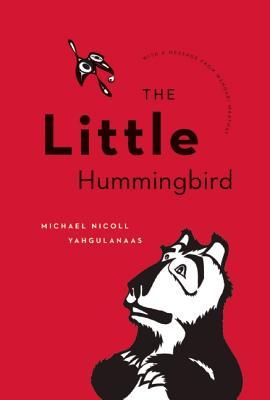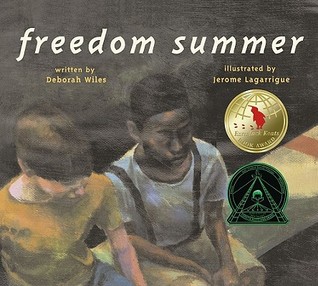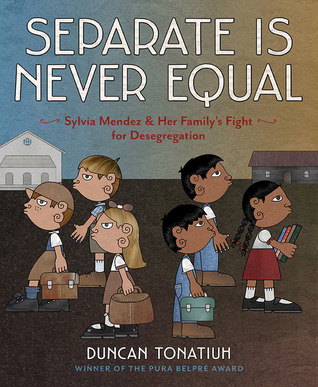Our 4th grade team is working on a 4th grade project around Making a Difference in the World.
We began this project last year and it was inspired by Amy Krouse Rosenthal. The project combines social studies (citizenship, economics, etc.). literacy and art. This year, we've changed a few things and added a few things.
Our 4th graders are busy creating products to be sold at our annual Art Show in March. Students are using art time to create their own products that will be marketable to the audience. I can't wait to shop! Last year, each child donated money earned to an individual cause--one that they cared about and had researched. We changed this a bit this year. Our entire 4th grade will be donating one cause for the money. But we wanted kids to know that money was not the only way to make a difference. We want the to understand there there are lots of ways to make a difference and raising awareness about an issue is one of them.
So, each child has been researching a cause that matters to them. These topics range from homelessness to distracted driving to foster care to pediatric cancer. Kids have spent the last several weeks learning about these issues and collecting information using diigo (more on that at another time!).
This week, kids will begin to create
IGNITE-type presentations to educate others about these important issues. As a team, we decided on an IGNITE presentation for several reasons. If you aren't familiar with IGNITE presentations, they are similar to Pecha Kucha sessions but in Ignite, presenters use 15 slides and each slide is up for 15 seconds.The Ignite tagline is "Enlighten us, but make it quick." I love that and it seems that there is a lot to learn when given these parameters. This seems doable for 4th graders and it is an authentic genre.
We knew that this format would support our teaching goals--research, nonfiction writing, visuals to support message, etc. We have noticed that although our students used keynote, the presentations are text, rather than visual driven. We knew that an assignment like this could really improve the way they thought about creating presentations of all kind.
One challenge was to find samples for the students. Since many of them were not familiar with Ignite presentations, we wanted them to spend time studying the craft of the format before they jumped in. Finding Ignite presentations (or PechaKucha) so students could get a feel for the type of work they would be doing was a challenge--many are geared to adults and not appropriate for children. However, we did find several that we used and the conversations around what was possible with these have been wonderful. One of my goals when it comes to digital writing is to collect great mentors for kids--pieces that writers can study as they think about their own decisions as writers. For this project, I found four very different presentations that have helped us think through decision making when creating this type of piece. Each of these four slideshows is very different and each opens up different possibilities for our stuents. The four we have focused on are:
Clowns Without Borders: Pecha Kucha
Why Blog? Ignite by Chris Lysy
Ignite: Jessica Harvey: My Beautiful Wheelchair
And,
How and Why to Make Video Games by Peter Justeson
This week, students will begin their work on their Ignite presentations. I am working on one myself and we've created some planning templates to help students move forward with these projects.
 |
| This page has 15 squares on 2 pages for students to think through and plan their presentation as a whole. |
 |
| Each student will receive 15 of these half sheets for detailed work---visual, script, and notes. |
I think that this project will help students learn a great deal as researchers and writers, but I think they will also learn a great deal about visuals, creating powerful presentations, and presentation skills that they will be able to carry with them no matter what they create in the future.
I'll keep you posted!
















